In the realm of nature’s peculiar phenomena, one intriguing sight that has captivated human curiosity for centuries is the sight of birds circling around dead animals.
This peculiar behavior, often observed in various bird species, has sparked numerous theories and speculations among scientists and bird enthusiasts alike.
While the exact reasons behind this behavior remain elusive, several hypotheses have emerged to shed light on this mysterious dance.
Some theories suggest that birds circle around dead animals as a form of communication, while others propose that it serves as a means of assessing potential threats or locating food sources.
In this article, we delve into why do birds circle around dead animals, exploring the possible explanations behind this enigmatic phenomenon and the ongoing research that aims to unravel its secrets.
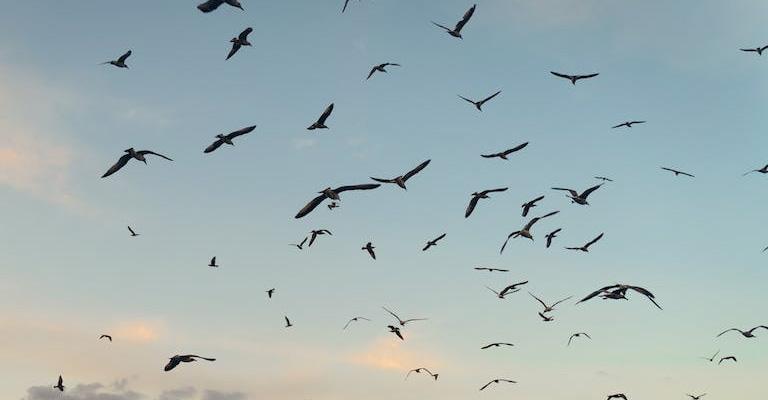
Why Do Birds Circle Around Dead Animals?
Birds circling around dead animals is a behavior commonly observed in nature. There are a few reasons why birds engage in this behavior:
Scavenging
Birds, particularly carrion-eating species like vultures, circle around dead animals to locate potential sources of food. They have keen eyesight and can spot carcasses from high altitudes.
By circling, they can assess the size and condition of the carcass before landing to scavenge.
Attracting Mates
Some bird species, such as birds of prey, may circle around dead animals as a display of their hunting prowess.
This behavior can attract potential mates by demonstrating their ability to find and secure food.
Social Behavior
In certain cases, birds may circle around dead animals as a form of social behavior. By congregating around a carcass, they can communicate and interact with other birds of the same species.
This behavior can serve various purposes, such as sharing information about food sources or establishing dominance hierarchies.
Predatory Behavior
Some bird species, such as crows or ravens, may circle around dead animals to assess potential threats or predators in the area. By observing from a safe distance, they can determine if it’s safe to approach the carcass and scavenge.
Opportunistic Feeding
Birds that are not typically carrion eaters may still circle around dead animals to take advantage of any leftover scraps or insects attracted to the carcass.
This behavior allows them to exploit the available resources without actively scavenging.
Exploration and Learning
Young birds, especially those that are still developing their foraging skills, may circle around dead animals out of curiosity and to learn from more experienced individuals.
By observing the behavior of older birds, they can acquire valuable information about finding food and surviving in their environment.
It’s important to note that not all birds exhibit this behavior, and the reasons behind it can vary depending on the species and their ecological niche.
Different bird species may exhibit different behaviors when encountering dead animals, and the motivations behind their actions can be complex and multifaceted.
What Type of Birds Circle Around Dead Animals?
Several bird species are known to circle around dead animals. Some of the most common ones include:
Vultures
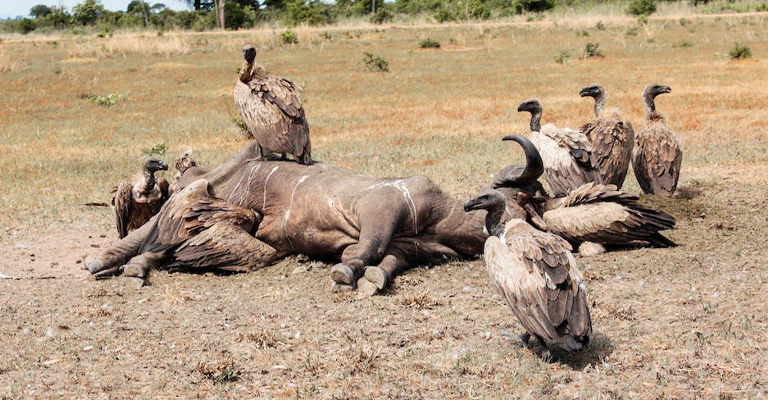
Vultures are perhaps the most well-known birds associated with circling around dead animals. They have excellent eyesight and a keen sense of smell, allowing them to locate carcasses from great distances. Vultures play a crucial role in ecosystems by efficiently scavenging and disposing of carrion.
Eagles
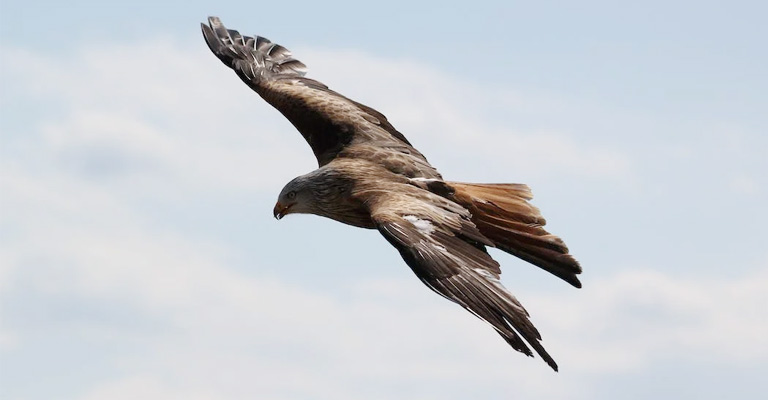
Various species of eagles, such as the bald eagle and golden eagle, are known to circle around dead animals. They are skilled hunters and scavengers, and circling around a carcass can serve as a display of their hunting prowess or attract potential mates.
Crows and Ravens
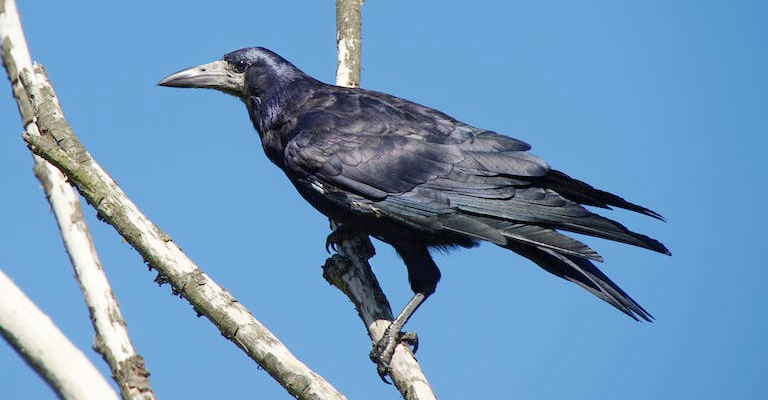
These intelligent corvids are opportunistic feeders and often circle around dead animals to scavenge.
They are known for their ability to recognize and remember food sources, and circling allows them to assess the situation before approaching the carcass.
Gulls
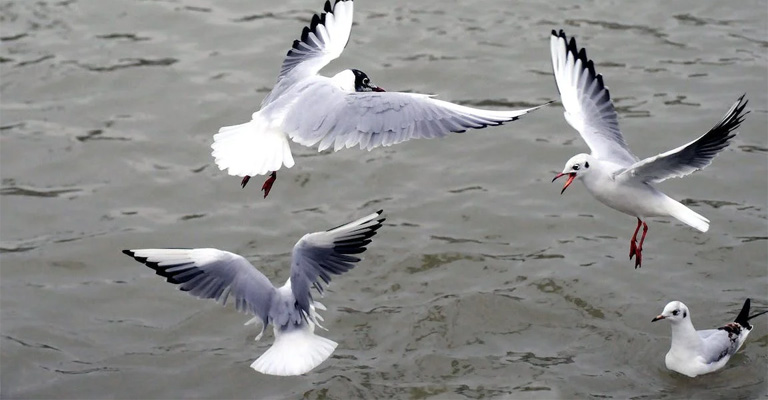
Many species of gulls, such as herring gulls and black-headed gulls, are commonly seen circling around dead animals near bodies of water. They are opportunistic feeders and will scavenge on a variety of food sources, including carrion.
Storks
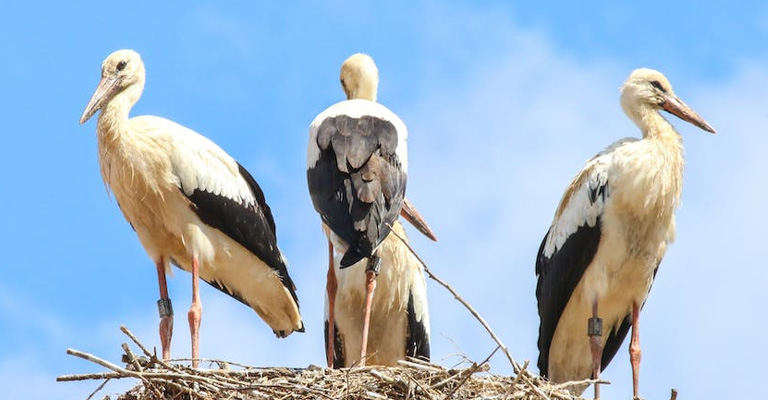
Certain species of storks, such as the marabou stork, are known to circle around dead animals. They have a specialized bill and digestive system that allows them to consume carrion efficiently.
Kite
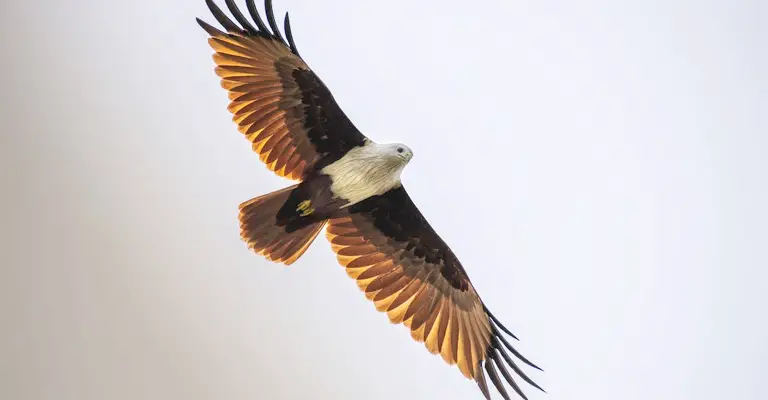
Birds of prey like the black kite and red kite are often seen circling around dead animals. They have a keen sense of sight and can spot carrion from high altitudes.
Buzzards
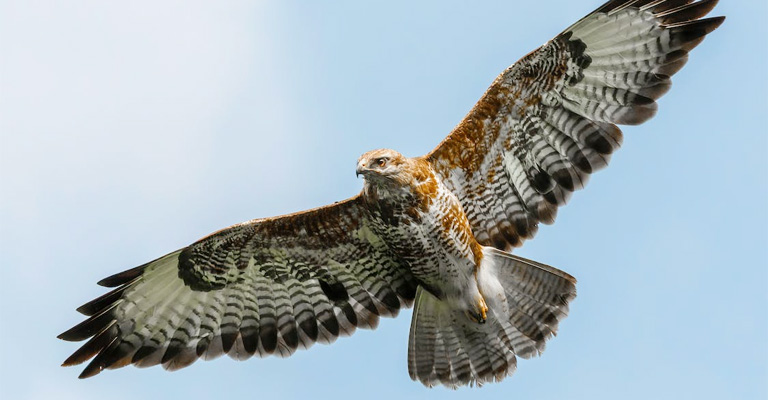
Various species of buzzards, such as the common buzzard and turkey vulture, are known to circle around dead animals.
They are opportunistic scavengers and play an important role in cleaning up carcasses.
Falcons

Some falcon species, including the peregrine falcon and gyrfalcon, may circle around dead animals. While falcons are primarily known for their hunting skills, they may scavenge on carrion when the opportunity arises.
Magpies

Magpies are known for their intelligence and scavenging behavior. They may circle around dead animals to scavenge or to observe potential threats in the area.
Kestrels
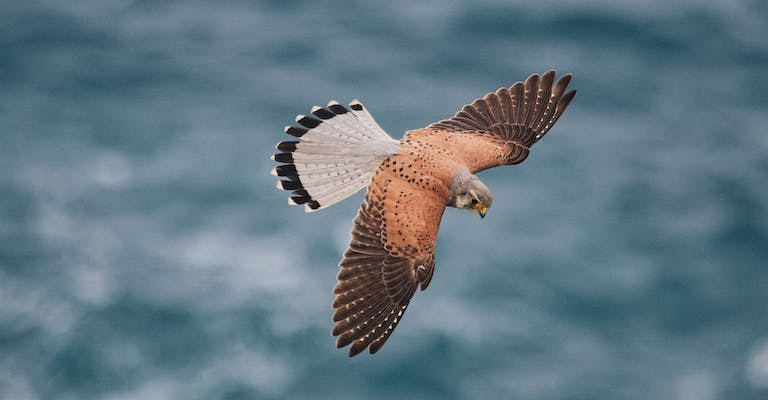
Kestrels are small falcons that may circle around dead animals, especially if they are unable to find live prey. They have a diverse diet and can adapt to different food sources.
Harriers
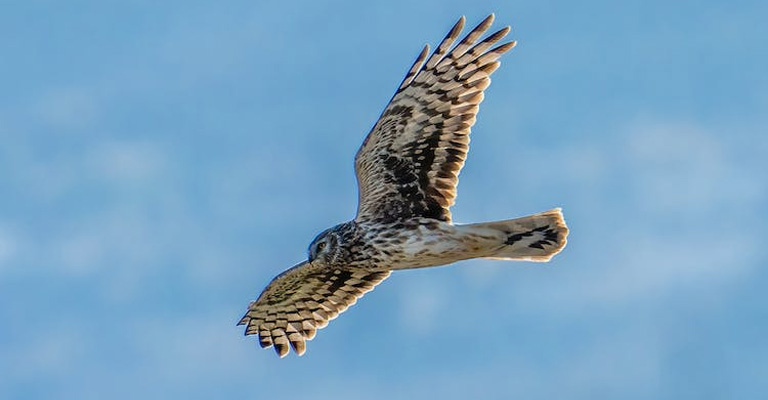
Harriers, such as the marsh harrier and hen harrier, are birds of prey that often hunt small mammals and birds. They may also circle around dead animals to scavenge or assess potential food sources.
These are just a few examples, and there are many more bird species that may exhibit circling behavior around dead animals.
The specific species can vary depending on the geographical location and the availability of carrion as a food source.
Do Birds Eat Those Dead Animals?
Yes, many bird species do eat dead animals, also known as carrion. These birds are referred to as scavengers or carrion eaters.
They play an important ecological role by helping to clean up and recycle nutrients from dead animals. Here are a few bird species that are known for their scavenging habits:
Vultures
Vultures are specialized scavengers that primarily feed on carrion. They have adaptations such as a bald head and strong digestive systems that allow them to consume decaying flesh without getting sick.
Vultures play a crucial role in ecosystems by efficiently cleaning up carcasses and preventing the spread of diseases.
Crows and Ravens
Crows and ravens are highly intelligent and opportunistic feeders. They are known to scavenge on a variety of food sources, including dead animals.
These corvids have strong beaks that can tear into carcasses, and they are often seen gathering in groups to feed on carrion.
Eagles
Various species of eagles, such as the bald eagle and golden eagle, are skilled hunters but also opportunistic scavengers.
They will scavenge on dead animals when the opportunity arises, especially if they are unable to find live prey. Eagles have sharp beaks and powerful talons that allow them to tear into carcasses.
Gulls
Many species of gulls are opportunistic feeders and will scavenge on a variety of food sources, including dead animals.
They have adapted to a wide range of habitats and are often seen near bodies of water, where they can find both live prey and carrion.
Storks
Certain species of storks, such as the marabou stork, are known for their scavenging habits. They have long bills and necks that allow them to probe into carcasses and extract meat. Storks are often found in wetland habitats where they can find both live prey and carrion.
Note that while these bird species are known to scavenge on dead animals, they also have diverse diets and may hunt live prey as well. Scavenging behavior can vary depending on factors such as food availability and individual preferences.
FAQs
Birds may not always consume the entire carcass when they circle dead animals. Depending on the species and the size of the carcass, they may only eat certain parts or take small portions back to their nests or roosts.
Yes, there are ecological benefits to birds circling dead animals. By scavenging on carcasses, birds help to clean up the environment by removing decaying matter.
Birds can potentially transmit diseases when they scavenge on dead animals, especially if the carcass is infected with pathogens. However, the risk of disease transmission to humans is generally low, as long as proper hygiene practices are followed.
Birds circling dead animals often follow a circular or spiraling flight pattern. This behavior allows them to scan the area from different angles, assess the situation, and determine if it’s safe to approach the carcass.
While birds circling dead animals is a natural occurrence, it’s important to note that dead animals can carry diseases or toxins. Therefore, it’s advisable to avoid direct contact with carcasses and maintain good hygiene practices when encountering such situations.
Final Words
As we continue to unravel the mysteries of the natural world, the behavior of birds circling around dead animals remains a captivating puzzle.
While we may never fully comprehend the exact motivations behind this phenomenon, the ongoing research and observations provide valuable insights into the intricate lives of these feathered creatures.
By studying their behaviors and interactions, we gain a deeper appreciation for the complexity and diversity of the avian world.
As scientists delve further into this enigma, we can hope to uncover more clues and unravel the secrets that lie within this mesmerizing dance.
Until then, let us marvel at the wonders of nature and embrace the beauty of its mysteries, for it is in these mysteries that we find the true essence of our world.